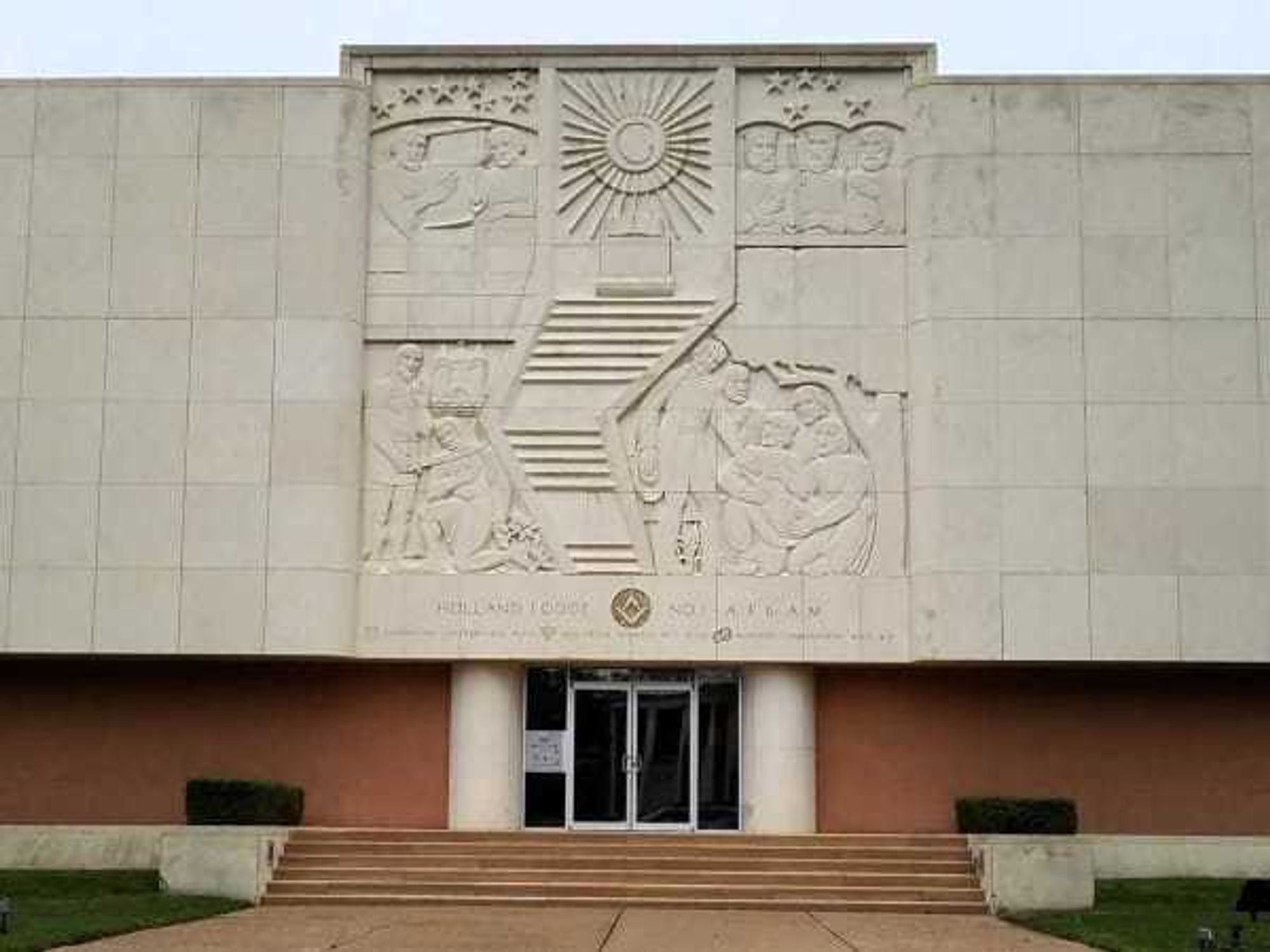Laissez les bon temps rouler
Why is Baby Jesus in the King Cake? And other things you never knew about MardiGras
 King's Cake has a longer history than you think.Photo by Randazzo's King Cakes/Facebook
King's Cake has a longer history than you think.Photo by Randazzo's King Cakes/Facebook And it's not all about Baby Jesus inside a cake.
And it's not all about Baby Jesus inside a cake.
If you are like most, Fat Tuesday stands for parades, music, king cake and general debauchery. Mardi Gras (French for Fat Tuesday) and Carnival (from the Latin carne vale, or "farewell to the flesh") have been celebrated for centuries as one last bacchanal hurrah before the 40 days of austerity for Lent.
But where do all these seemingly random traditions come from? What do they mean?
Test your knowledge of Mardi Gras below.
It wasn't always so great to be king
The seasonal celebration dates back to pre-Christian Europe. Back then the celebration, like most pagan holidays based on the harvests or seasons, required a human sacrifice to the gods. To choose the lucky winner, a coin or bean would be placed in the King's Cake before baking, and whichever of the tribesmen found the trinket would be treated like a king — until their time was up.
When the Christians took over, they kept the cake but got rid of the unpleasant ritual sacrifice. Suddenly winning the task of hosting next year's party or buying the next cake doesn't seem so bad.
Gold, green and purple aren't just there to look pretty.
The three traditional colors of Mardi Gras were officially adopted by the Krewe of Rex, one of the earliest private clubs to hold exclusive parties and parades during the Mardi Gras season. Founded in 1872, Rex's colors were originally thought to symbolize royalty — purple being long associated with royalty and gold to represent the crowns.
In 1892, Rex Krewe clarified that purple is for justice, green is for faith and gold is for power.
If you only eat King Cake on Fat Tuesday, you're about a month late.
Since being incorporated into Catholic tradition, King Cake takes its name from the three kings who arrived bearing gifts for the baby Jesus. Their journey is said to have taken 12 days and their arrival marks the 12th day of Christmas, which is also known as Epiphany, King's Day or Three King's Day.
In Europe and Latin America, this is when traditional King Cake-like pastries are consumed. In American tradition, Epiphany is the beginning of the Mardi Gras season, and some eat a king cake every week until Ash Wednesday marks the end of the merriment and the beginning of Lent.
But that doesn't explain the baby in the cake.
In France, the trinket in the king cake (galette des rois) is traditionally a "coin, bean, pea, or nut," according to Smithsonian magazine. The New Orleans krewes have been known to use a golden bean, following in this tradition, but other trinkets like a ceramic baby doll or king have proliferated since 1930.
Using a plastic baby doll (generally accepted to be the baby Jesus) has only been seen in the Gulf Coast region since the 1950s.
New Orleans isn't the only town that makes a decent King Cake.
Acadian Bakers on West Alabama has been the go-to shop for New Orleans-style King Cakes for over 30 years, and Rao's Bakery, which has been famous for king cakes since 1941 in Beaumont, has a location in Spring.

 The building at 4911 will be torn down for the new greenspace. Holland Lodge No. 1, A.F. & A.M./Facebook
The building at 4911 will be torn down for the new greenspace. Holland Lodge No. 1, A.F. & A.M./Facebook